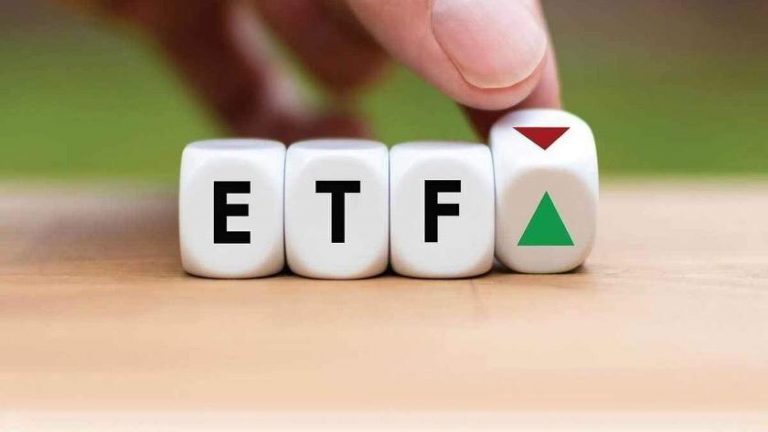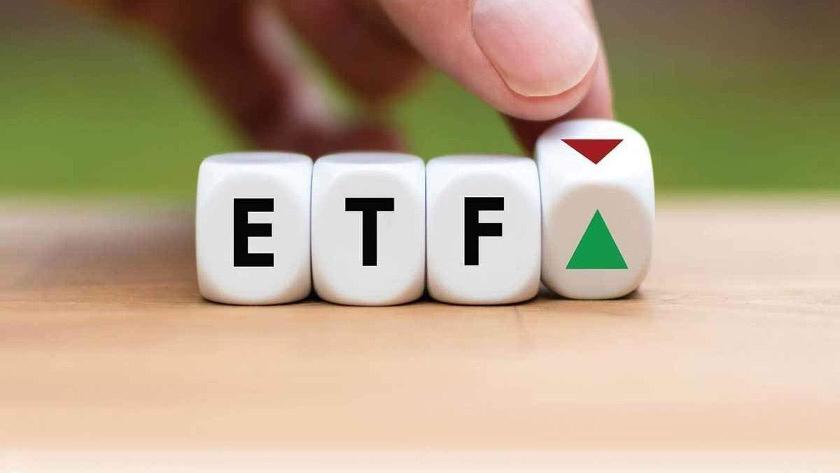ETFs: the surge of not-so-green ESG investments
Following the two years of COVID-19 pandemic, confidence towards ESG investments rose as the sensitivity towards climate change and social issues became more widespread. Overall, the investment in Green Funds rose from 50 billion in the beginning of 2020 to over 200 billion in mid-2021, according to Morningstar. Many investors believe that in the long run companies with good ESG scores will deliver better risk-adjusted returns as well as increased diversification. This growing popularity of sustainable investment strategies is also exemplified by BlackRock, which is at the top of the list with more than 120 billion dollars invested in ESG exchange traded funds.
On the other hand, skeptics believe the market friction surrounding ESG is only temporary, and that such investments may be overvalued. Nevertheless, ESG ETFs have been growing in quantity and size, and they come in a variety of shades that ranges from “light” to “dark”.
The so-called “lighter green” ETFs deviate only very slightly from the returns produced by standard market indexes because they pursue some portion of funds devoted towards sustainable aims, but this is not the main goal.
On the other hand, “Dark green” funds will set ESG as their main goal by investing only in the top-rated ESG companies.
But this divergence gives rise to the problem of greenwashing, since even firms that are not devoted as much as they could towards ESG are labeled as “sustainable”. Such fictitiously sustainable ETFs lack investment in the areas that are most relevant for reducing carbon emissions, underfunding the sector devoted to electrification of the economy and decarbonization of electricity. The key to resolving this issue would be finding a way to make sure that these firms pursue long term investments needed to produce goods and services with the minimum amount of emissions, but this issue has not been addressed yet.
Meanwhile, even in lighter green funds, some sectors have been completely banned by customers from the investment portfolio. For example, if investors find out that a major oil company is included, even if that is part of the most ESG-compliant firms, it will be criticized and excluded from the fund due to decrease in demand. As a result, the whole energy sector was excluded from ESG ETFs.
Until now the EU tried to prompt green investing through the SFDR sustainable fund rules.
But while it may have incentivized firms to take on green action it may also have tempted ETFs to choose the less sustainable firms among the ones with the same Green score. While actively managed funds were able to successfully modify their portfolio to both satisfy the new standards and satisfactory returns, it was not as easy for passive funds such as ETFs.
According to research carried out by Edhec, 35% of the companies that have an increase in weight within the fund are worsening their environmental performance. Many ESG funds do not look at climate performance of the companies but instead focus on their overall green score, so that they are not penalized as long as they do not fall in a lower category. In addition, research suggests that in ESG ETFs climate data weights only 12% in the decision of investment in the stock, with the remainder driven by market capitalization.
The rise in green investing individuals and firms surely indicates the growing intentions of reducing the negative environmental impact on the world but it is obvious that sustainability is not yet the main concern. As Felix Goltz, co-author of a paper on greenwashing, said:
“Given that the economy is not aligned with climate change objectives, it is very unlikely that markets would be”.
Author: Daria Zicoschi
ETFs: the surge of not-so-green ESG investments
Following the two years of COVID-19 pandemic, confidence towards ESG investments rose as the sensitivity towards climate change and social issues became more widespread. Overall, the investment in Green Funds rose from 50 billion in the beginning of 2020 to over 200 billion in mid-2021, according to Morningstar. Many investors believe that in the long run companies with good ESG scores will deliver better risk-adjusted returns as well as increased diversification. This growing popularity of sustainable investment strategies is also exemplified by BlackRock, which is at the top of the list with more than 120 billion dollars invested in ESG exchange traded funds.
On the other hand, skeptics believe the market friction surrounding ESG is only temporary, and that such investments may be overvalued. Nevertheless, ESG ETFs have been growing in quantity and size, and they come in a variety of shades that ranges from “light” to “dark”.
The so-called “lighter green” ETFs deviate only very slightly from the returns produced by standard market indexes because they pursue some portion of funds devoted towards sustainable aims, but this is not the main goal.
On the other hand, “Dark green” funds will set ESG as their main goal by investing only in the top-rated ESG companies.
But this divergence gives rise to the problem of greenwashing, since even firms that are not devoted as much as they could towards ESG are labeled as “sustainable”. Such fictitiously sustainable ETFs lack investment in the areas that are most relevant for reducing carbon emissions, underfunding the sector devoted to electrification of the economy and decarbonization of electricity. The key to resolving this issue would be finding a way to make sure that these firms pursue long term investments needed to produce goods and services with the minimum amount of emissions, but this issue has not been addressed yet.
Meanwhile, even in lighter green funds, some sectors have been completely banned by customers from the investment portfolio. For example, if investors find out that a major oil company is included, even if that is part of the most ESG-compliant firms, it will be criticized and excluded from the fund due to decrease in demand. As a result, the whole energy sector was excluded from ESG ETFs.
Until now the EU tried to prompt green investing through the SFDR sustainable fund rules.
But while it may have incentivized firms to take on green action it may also have tempted ETFs to choose the less sustainable firms among the ones with the same Green score. While actively managed funds were able to successfully modify their portfolio to both satisfy the new standards and satisfactory returns, it was not as easy for passive funds such as ETFs.
According to research carried out by Edhec, 35% of the companies that have an increase in weight within the fund are worsening their environmental performance. Many ESG funds do not look at climate performance of the companies but instead focus on their overall green score, so that they are not penalized as long as they do not fall in a lower category. In addition, research suggests that in ESG ETFs climate data weights only 12% in the decision of investment in the stock, with the remainder driven by market capitalization.
The rise in green investing individuals and firms surely indicates the growing intentions of reducing the negative environmental impact on the world but it is obvious that sustainability is not yet the main concern. As Felix Goltz, co-author of a paper on greenwashing, said:
“Given that the economy is not aligned with climate change objectives, it is very unlikely that markets would be”.
Author: Daria Zicoschi
RELATED
Regulatory Developments in ESG Reporting and Their Implications for Businesses
The focus on Environmental, Social, and Governance (ESG) factors has surged, leading to significant regulatory changes worldwide. Key developments include the EU’s Corporate Sustainability Reporting Directive (CSRD), the US SEC’s...
Read MoreThe Earthshot Prize 2022
The Earthshot Prize 2022 The Earthshot prize is an award given to five winners that created some projects that could help our planet face some of the most important challenges...
Read More


